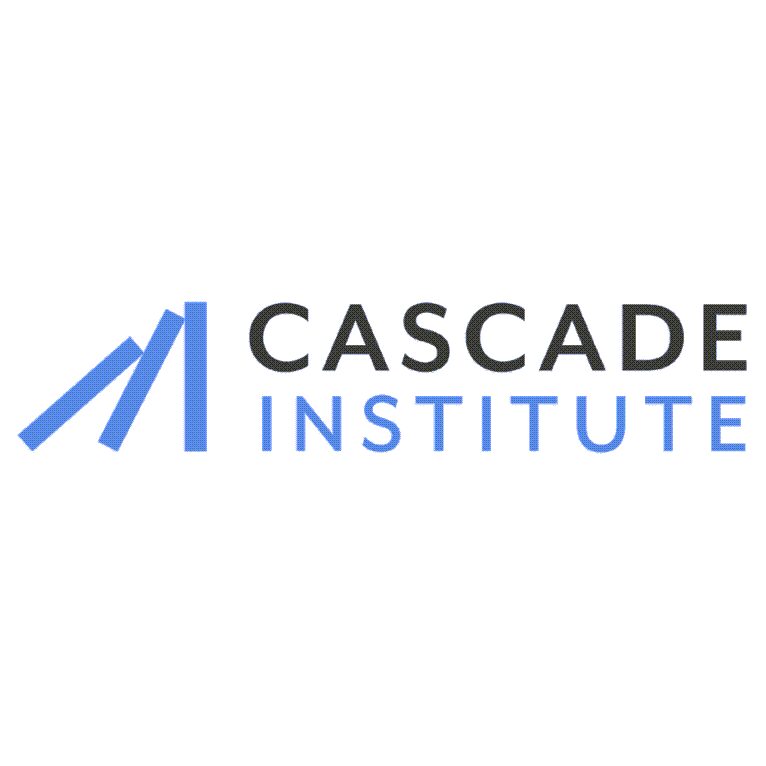In National resilience guidance, a paper by FEMA.gov…This Guidance is intended to help all individuals, communities, and organizations understand our nation’s Vision for resilience, the key Principles that
must be applied to strengthen resilience, and the Resilience Players and Systems That Contribute to Resilience.
Publication: Extreme temperatures and the profitability of large European firms
by Bellocca, Gian Pietro Enzo, et al in e-Archivo…The lack of a clear negative effect of extreme temperatures over firm’s profitability points out one of the reasons why it is so difficult to fight against climate change, while being harmful, it can be profitable.
A few rules for predicting the future by Octavia E. Butler
by Octavia E. Butler in Common Good Collective…So why try to predict the future at all if it’s so difficult, so nearly impossible? Because making predictions is one way to give warning when we see ourselves drifting in dangerous directions. Because prediction is a useful way of pointing out safer, wiser courses. Because, most of all, our tomorrow is the child of our today. Through thought and deed, we exert a great deal of influence over this child, even though we can’t control it absolutely. Best to think about it, though. Best to try to shape it into something good. Best to do that for any child.
The U.S. needs to pay more attention to electronic warfare
by Steven Glinert in Noahpinion…Electronic warfare (EW) is a bit of a sleeper in the US arsenal. The US invented its modern form and has used it to great effect in every war we’ve fought, especially since 1990. Indeed, if you want to know what the literal “war” in “chip wars” is, it’s this. The US spends about as much on it as its much cooler and flashier younger sibling, cyberwarfare (around $5b) and spending is due to increase. Likewise, the Chinese think of it as essential to their victory in a potential war against the US. Finally, it has become a defining aspect of the war in Ukraine, with Russian and Ukrainian forces playing a cat and mouse game between drones and electronic attacks.
The short history of global living conditions and why it matters that we know it
by Max Roser in Our World in Data…Very few think the world is making progress. In this article, we look at the history of global living conditions and show that the world has made immense progress in important aspects.
On the Covid ‘off-ramp’: no tests, isolation or masks
By Emily Baumgaertner in The New York Times…For many, Covid is increasingly regarded like the common cold. A scratchy throat and canceled plans bring a bewildering new critique from friends: You shouldn’t have tested.
Canada’s wildfires were a top global emitter last year, study says
by Manuela Andreoni in The New York Times…The blazes produced more planet-warming carbon than almost any country, researchers found. That could upend key calculations on the pace of global warming.
Top 6 questions answered about fall vaccines
By Katelyn Jetelina, Your Local Epidemiologist…The bottom line is: Get your fall vaccines—it will cut your risk of diseases by half.
New paper: Polycrisis Research & Action Roadmap
by the Cascade Institute, et al….The authors define the core characteristics of polycrisis
(emergent harms, multiple causes, deep uncertainty, systemic context, and new knowledge and action) and
identify gaps, opportunities, and priorities across four dimensions (theoretical foundations, empirical
research, practical applications, community building).
‘Never summon a power you can’t control’: Yuval Noah Harari on how AI could threaten democracy and divide the world
by Yuval Noah Harari in The Guardian… Forget Hollywood depictions of gun-toting robots running wild in the streets – the reality of artificial intelligence is far more dangerous, warns the historian and author in an exclusive extract from his new book


